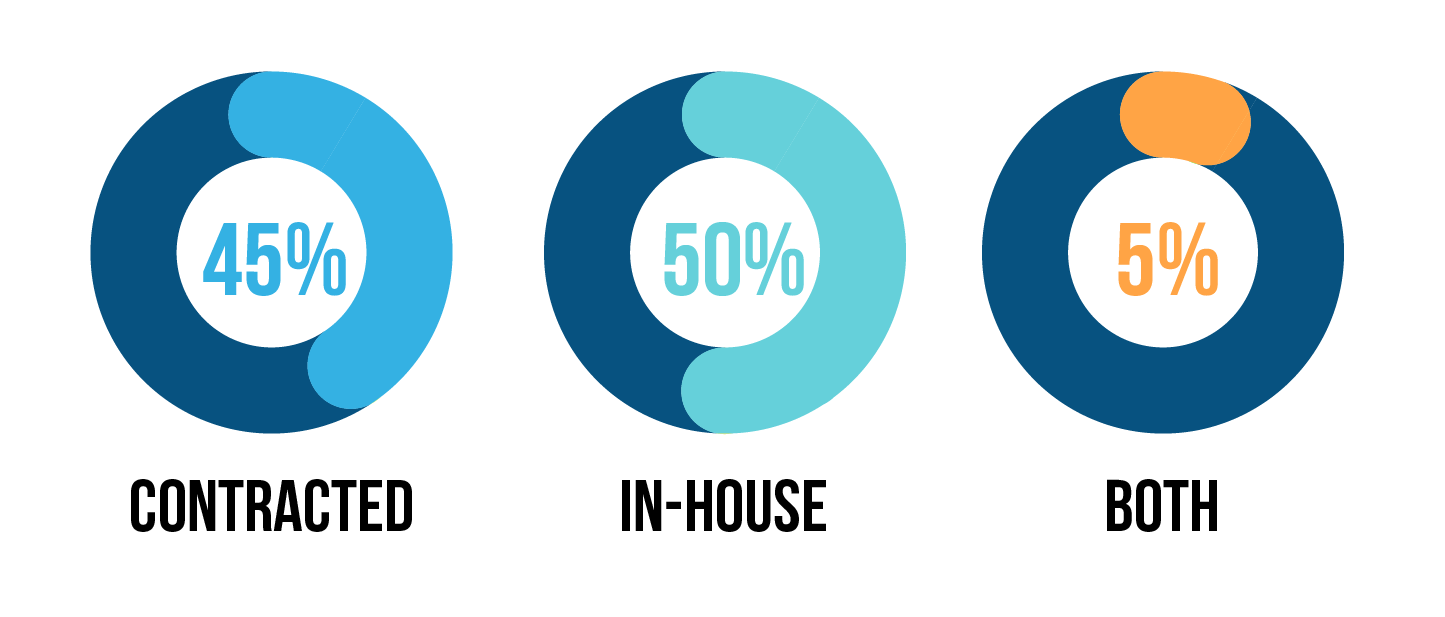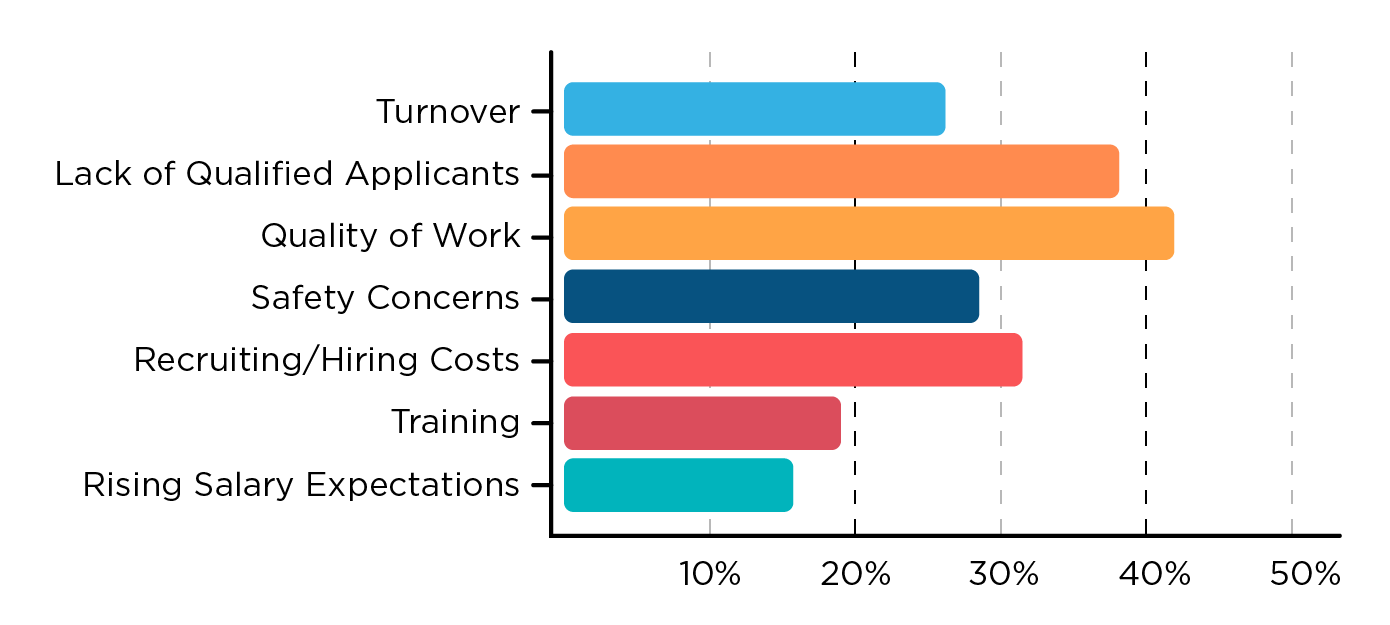Healthcare Execs Reveal Two Areas Where Robots Can Help
The healthcare industry is complex. With escalating costs, an aging population, and labor shortages—providers are under immense pressure to improve...
BlueStar stocks, markets, and ships the top equipment manufacturers in rugged mobile computing, scanning, barcode, label, and receipt printer, self-service, digital signage, RFID, and edge compute.
Partner Programs


Custom Configuration
Financial Services
Installation & Site Surveys
Technical Support
Demand Lab Marketing
In-a-Box Series™ Solutions
TEConnect Software Program
Global Care

4 min read
 James Wilson
Feb 3, 2025 5:00:53 PM
James Wilson
Feb 3, 2025 5:00:53 PM

The healthcare industry is complex. With escalating costs, an aging population, and labor shortages—providers are under immense pressure to improve efficiency in every department of the organization.
Determining a fit for robots in healthcare—and helping VARs understand the opportunity—means understanding providers' current struggles with staffing, training, and retention in key departments where augmenting labor can improve outcomes and fill inefficient gaps.
We hired a third-party agency to gather survey responses. The respondents were recruited through a research panel and invited via email to complete the survey.
The respondents were required to be:

Top Staffing Challenges Existing Automation


There is a lot of good data below, but the two most significant takeaways are:

Facilities hoping to curb costs may look to avoid expensive third-party service contracts. However, bringing those departments entirely in-house will require a significant investment in new labor and resources, which robots could help alleviate and speed up the transition.
The opportunity for robots exists in departments where workers often perform routine or repetitive daily tasks, those with multiple shifts, and where high turnover is typical. We examined three where robots have been known to be a great fit and asked the following questions with that in mind.
Questions 2-4:


.png?width=550&height=217&name=Survey%20Images2-14(1).png)
Quality of work (42%) and a lack of qualified applicants (38%) are the two biggest challenges for healthcare leaders, with recruiting/hiring costs (33%) not far behind. Deploying an AMR for specific tasks ensures an unwavering level of quality and won't be part of regular turnover costs.

.png?width=99&height=99&name=Headshot-modified%20(1).png)
“Finding and keeping good employees is becoming harder and harder today as younger generations steer away from manual labor jobs, viewing them as physically demanding, low-paying, and lacking growth opportunities. [...] With a cultural shift toward technology-driven careers and a focus on higher education, traditional trades are struggling to attract new talent in an increasingly digital world. Autonomous Mobile Robots are bridging this gap as the technology continues to excel”
-Drew Pitts, Sr. Vice President of Sales at Nexus AMR

100% of respondents reported training costs above $2500 per employee, with 68% saying associated expenses are $2,500 - $4,999

Most respondents (74%) said staff were paid between $15-$20 an hour. The average salary for these positions is $38,000. In Question 5, salary expectations were not a significant concern, so focusing on the other pain points and total cost of ownership when selling AMRs could be a winning tactic.
To help you understand the value proposition of an AMR, we've analyzed some numbers for a typical deployment compared to the equivalent labor cost. Even without replacing personnel, most hospitals have about 15% of their non-clinical support staff absent from work each day.


Healthcare organizations are familiar with both capital and as-a-Service models, making similar investments for robots an easy-to-understand pitch from a financial perspective.
Question 10:

Again, equipment service contracts are expected and understood within healthcare. Most AMR solutions also account for maintenance needs, timely replacements, and scalability costs. They are not a one-time, drop and go sale.
We thought it was important to understand how much automation already exists in healthcare and where it was lacking. Scheduling, records, and inventory management are already heavily automated, so there is some familiarity with the idea, but Cleaning/Disinfecting and Food Delivery ranked very low, with Patient Transport only automated in roughly a third of facilities (and probably not the kind of AMR-guided automation we're discussing).
This is your opportunity as a VAR to address a side of facility operations that probably doesn't get the kind of attention as the departments at the top of this list.


Joint Commission inspections are designed to evaluate the quality of care and identify opportunities for improvement. However, they can be stressful for employers, especially if staffing issues are causing problems with cleanliness, timely performance of daily activities, and patient dissatisfaction. These inspections are required at least once every three years. Imagine providing robotic solutions so that providers can feel confident passing these inspections every time.
Staffing challenges, including recruitment and retention, remain a significant concern for healthcare leaders and cost the service departments time and money.
Automation in healthcare is commonplace, but primarily for administrative tasks at the moment. Robots are another form of automation that provides even more opportunities to improve worker outcomes and allocate employees where hands-on work is needed.
Healthcare buyers are familiar with capital equipment expenses and service contracts, both key elements of adopting a robot solution.
Healthcare VARs interested in adding robots to their solution offerings should focus on departments where staffing is a consistent challenge, and adding automation can help longtime employees focus on the most critical aspects of their jobs, leaving repetitive tasks for autonomous mobile robots like:
.png?width=99&height=99&name=Headshot-modified%20(1).png) “The chronic labor shortages in healthcare, driven by the demanding nature of the work and a lack of qualified professionals, highlight the need for innovative solutions. Autonomous Mobile Robots play a critical role in addressing this gap by taking over repetitive and physically taxing tasks, streamlining workflows, and allowing healthcare workers to focus on higher-value, patient-centered care.
“The chronic labor shortages in healthcare, driven by the demanding nature of the work and a lack of qualified professionals, highlight the need for innovative solutions. Autonomous Mobile Robots play a critical role in addressing this gap by taking over repetitive and physically taxing tasks, streamlining workflows, and allowing healthcare workers to focus on higher-value, patient-centered care.
This integration not only alleviates pressure on the workforce but also enhances efficiency and care quality.”
-Drew Pitts, Sr. Vice President of Sales at Nexus AMR
Want to learn more or discuss potential robot opportunities in healthcare, retail, hospitality, or other industries? Contact your BlueStar representative today!

The healthcare industry is complex. With escalating costs, an aging population, and labor shortages—providers are under immense pressure to improve...

Robert Adcox Channel Expert Robert Adcox has worked within The Channel for more than ten years as a Solutions Architect and Systems Engineer,...

It's no secret that ISVs are an essential component of business growth for value-added resellers and system integrators. To that end, BlueStar's...

1 min read
“Machines will replace us.” This is a statement we often hear in modern times, but such anxiety is far from new. In 1440, Gutenberg’s printing press...

The topic of reverse logistics, or, more specifically, returns management – keeps many executives up at night. An efficient, cost-effective approach...

We asked 48 businesses if they were currently using artificial intelligence or machine learning in their daily work. If so, how? If not, why?